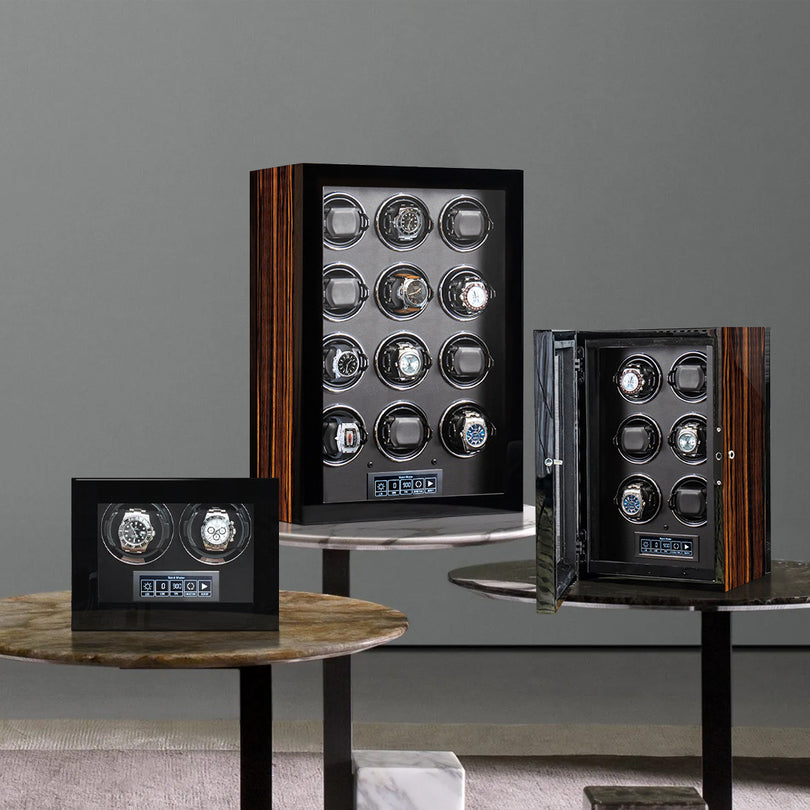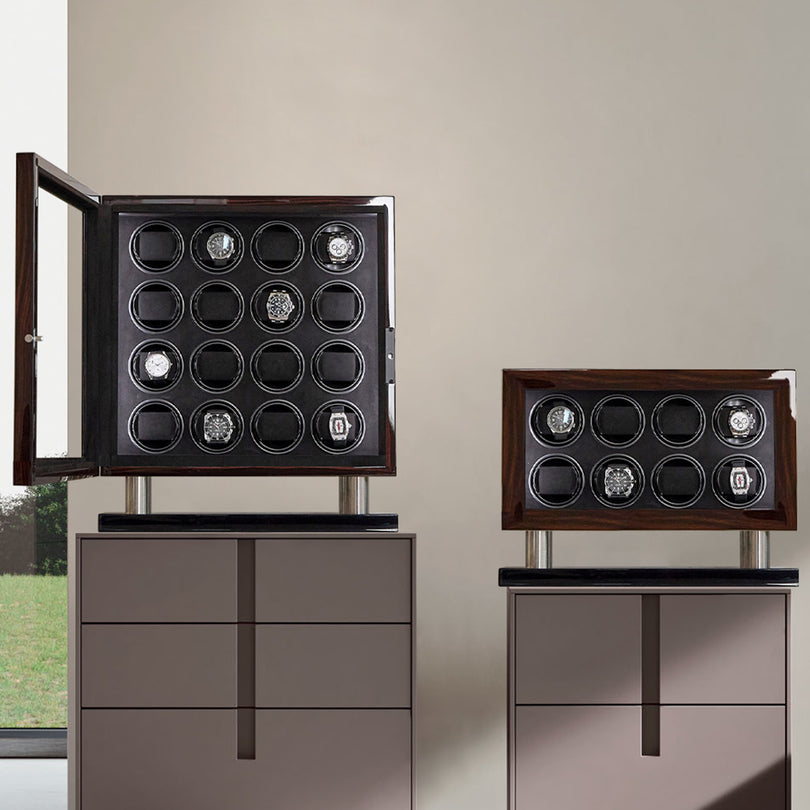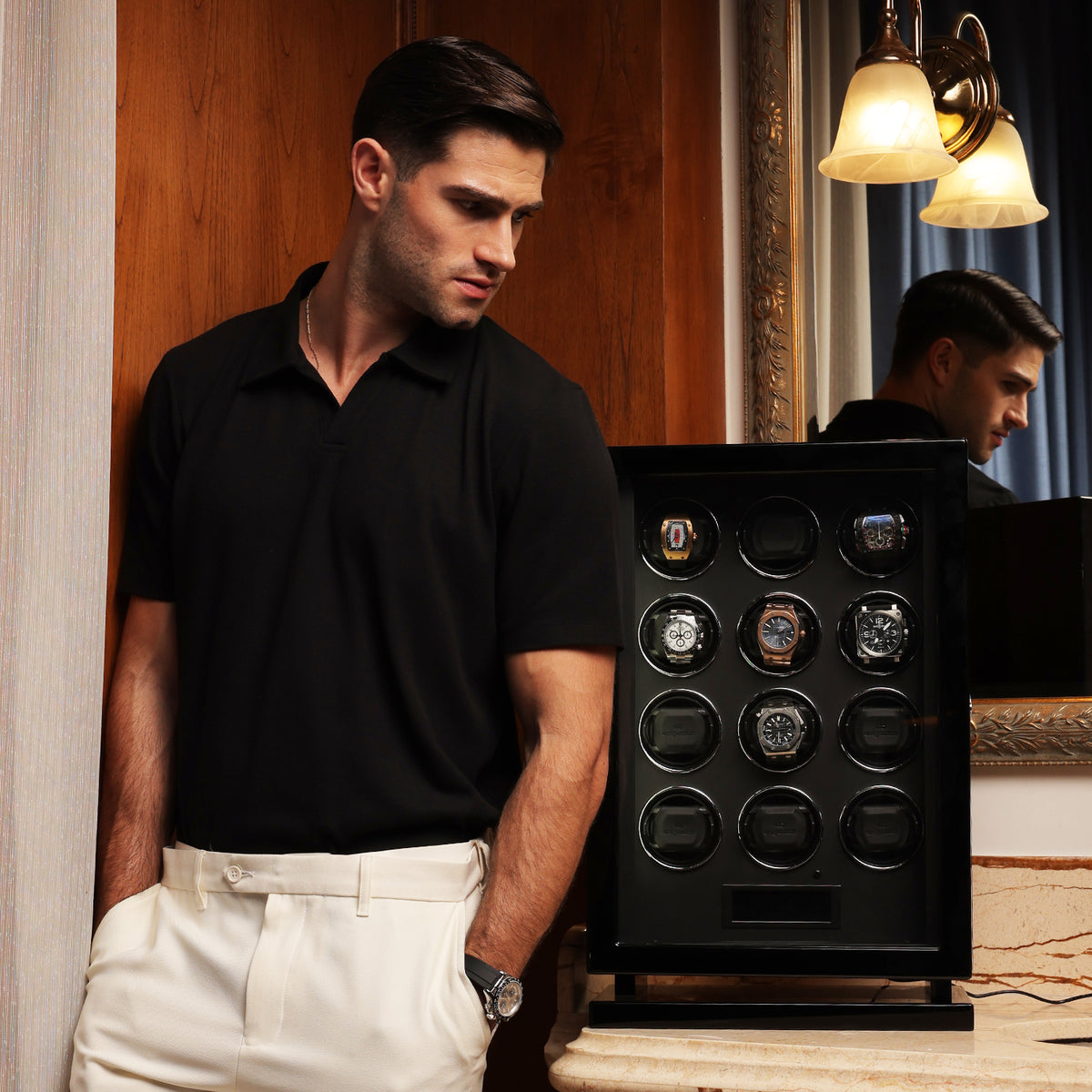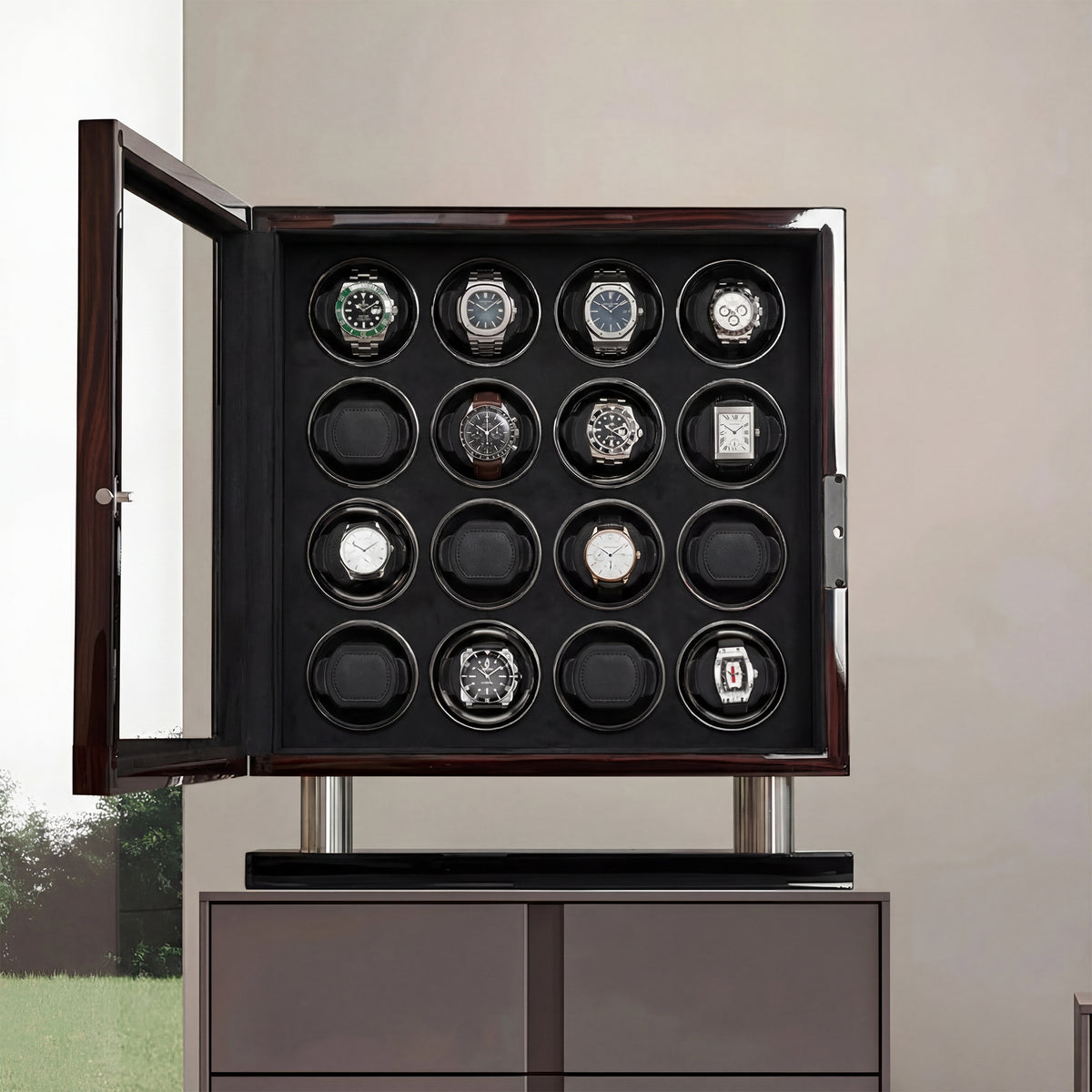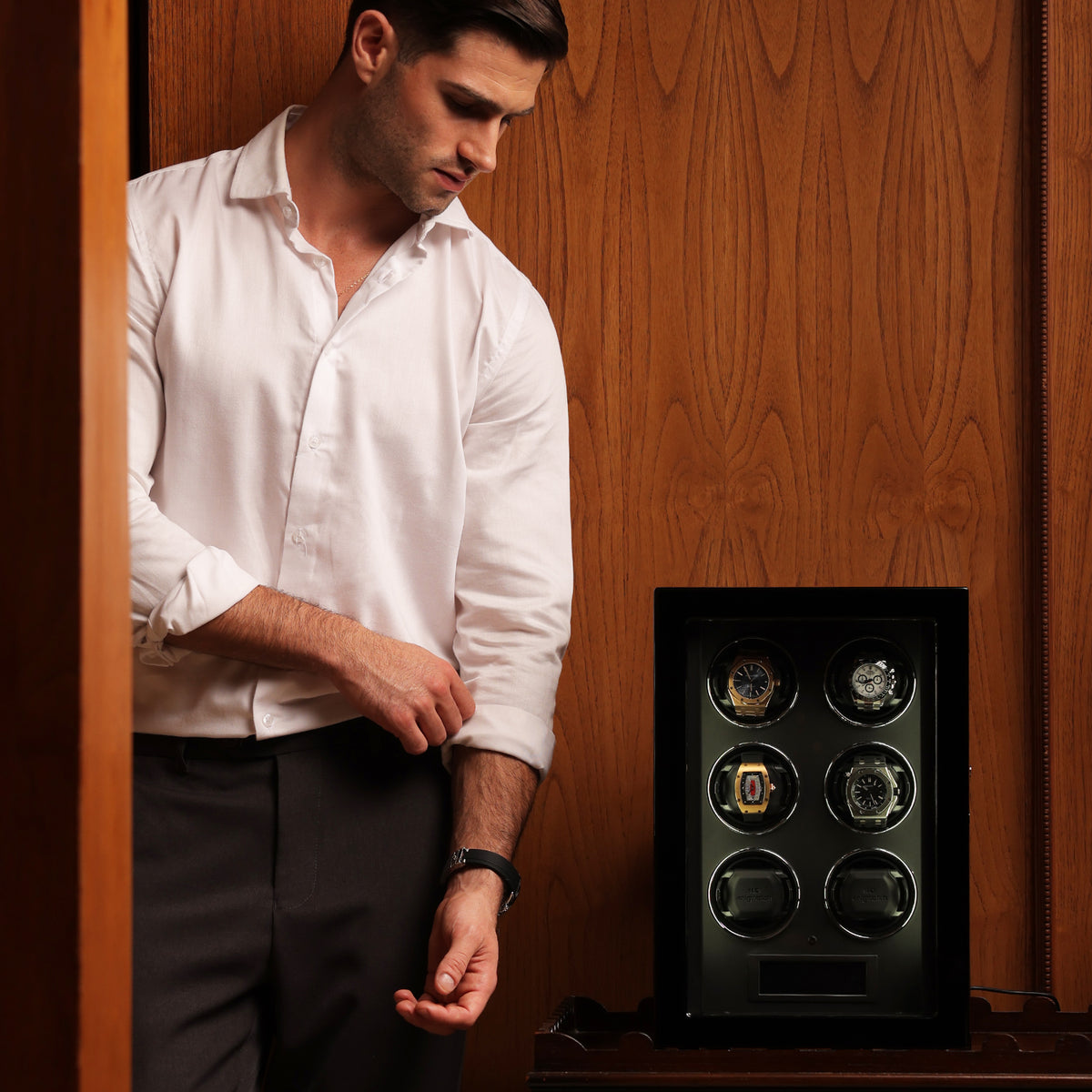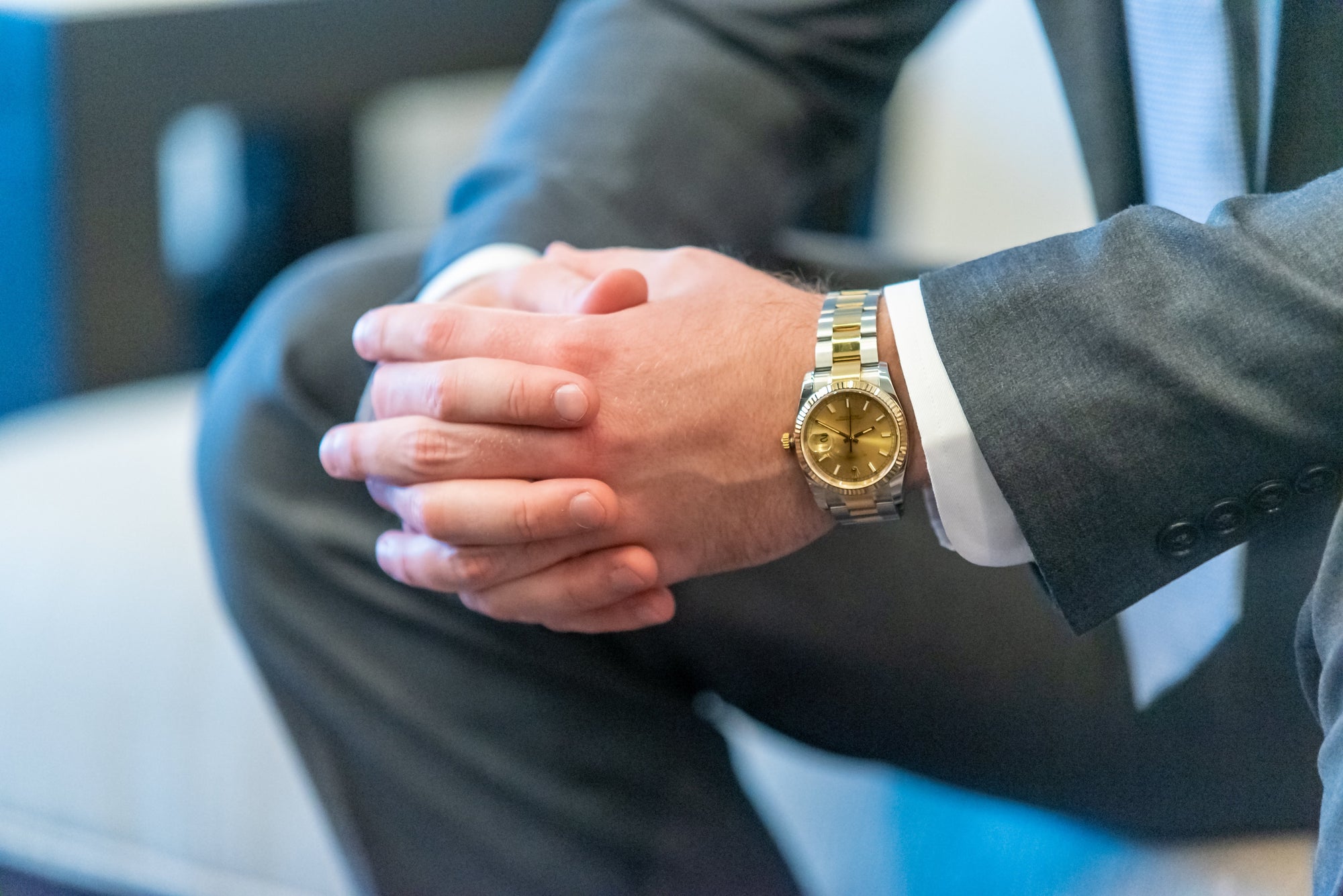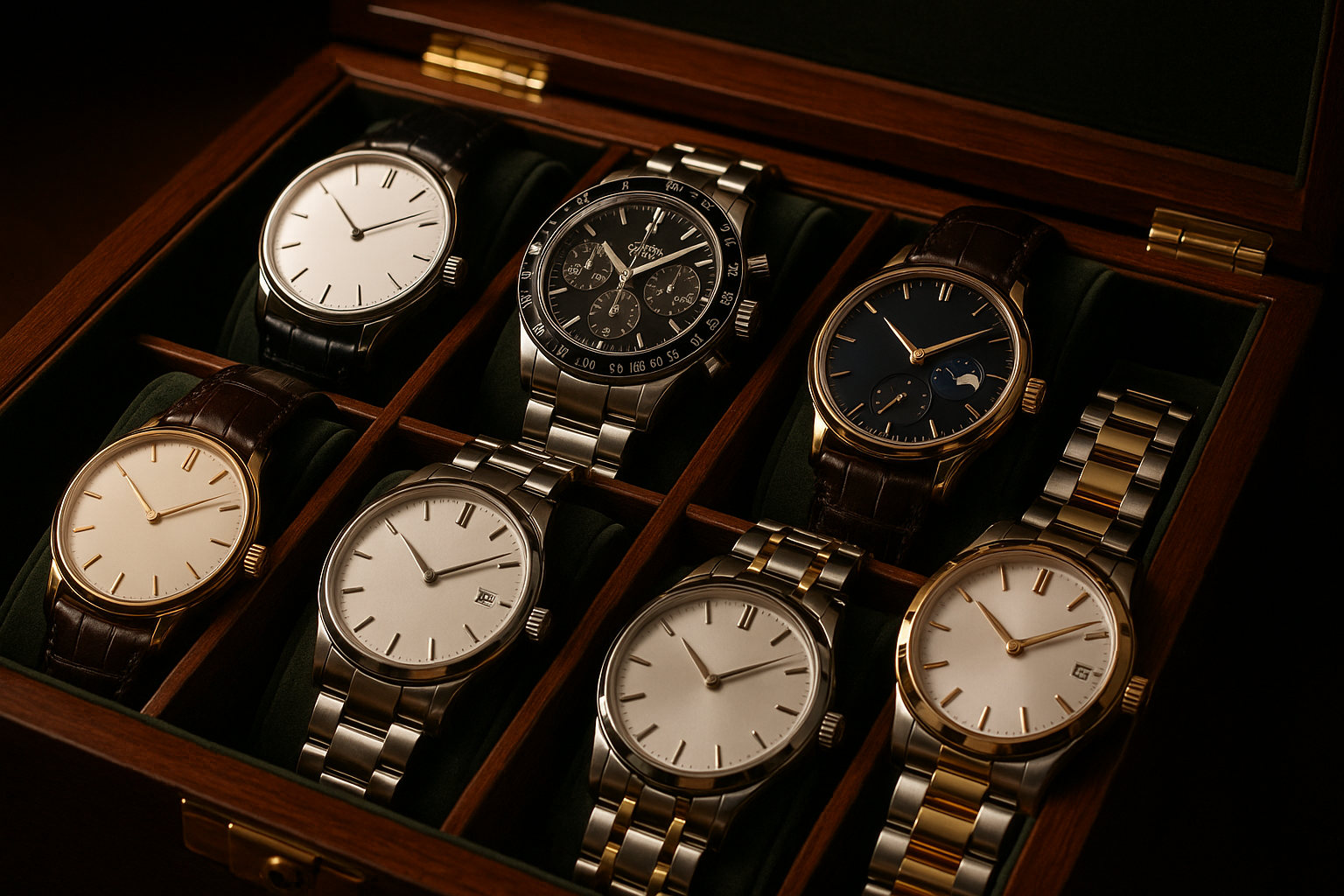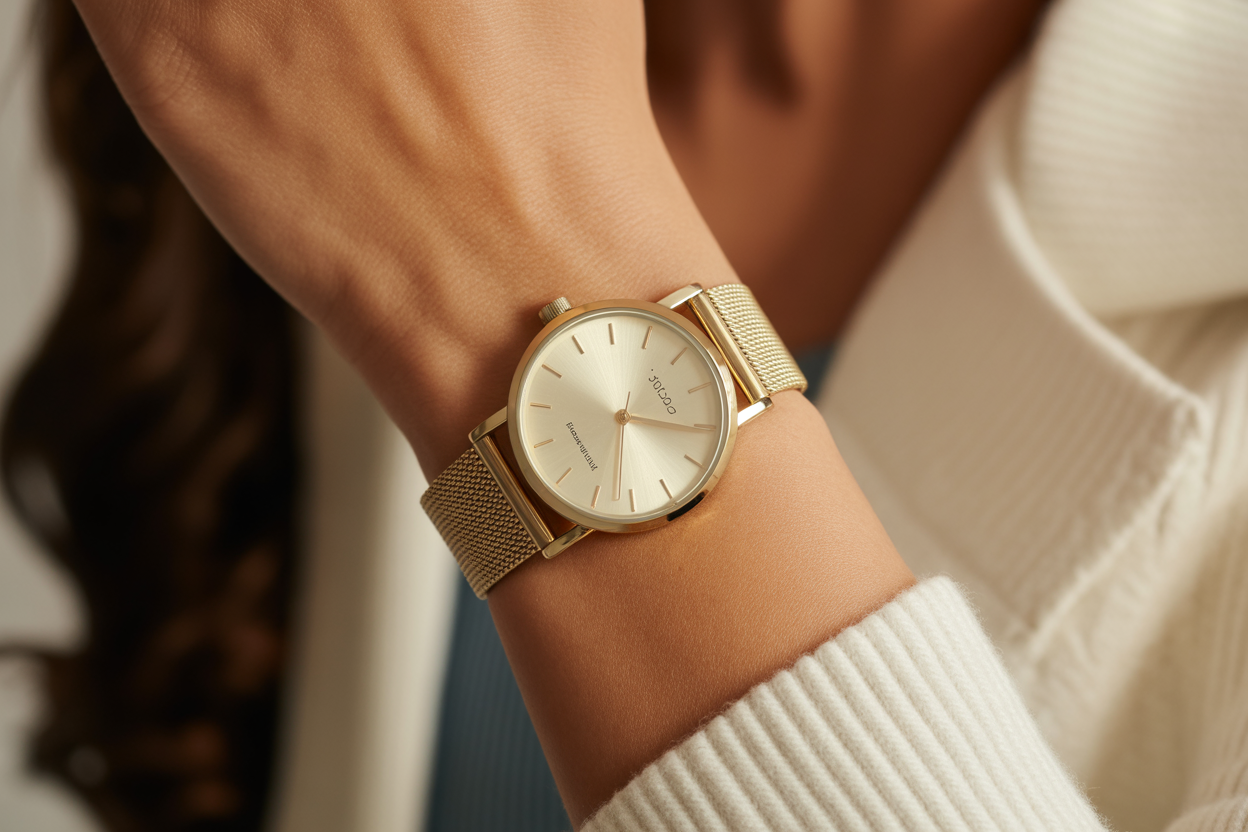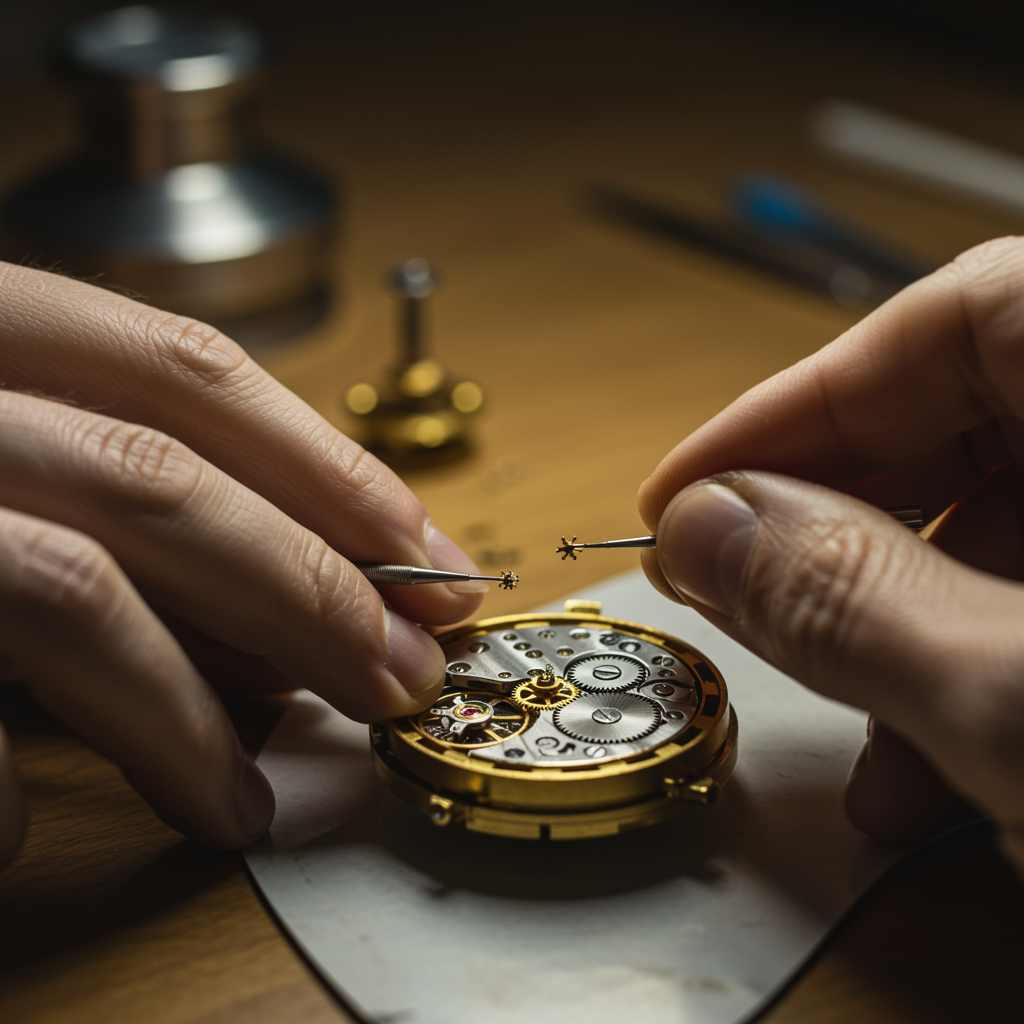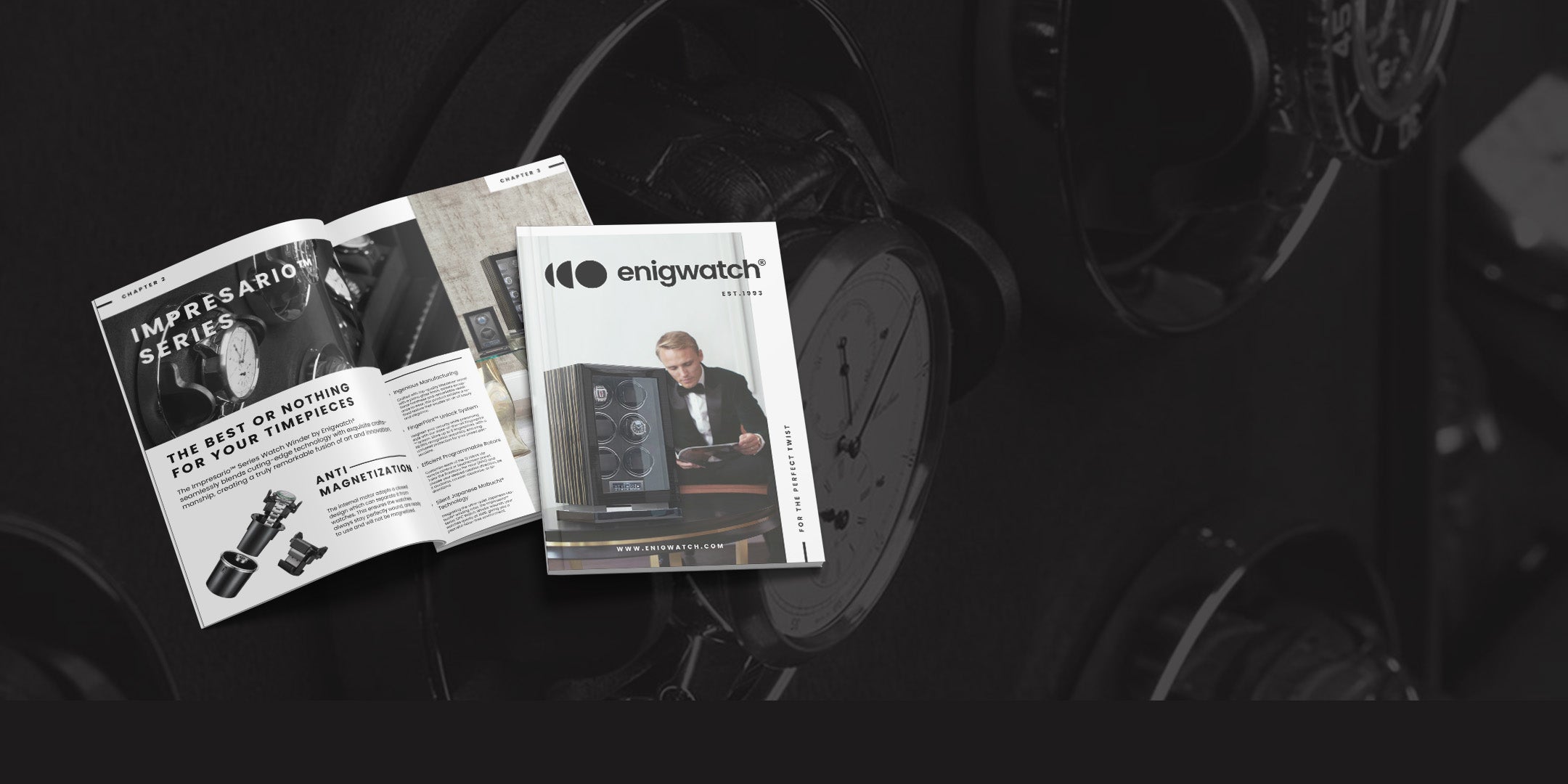Have you ever wondered why most people wear their watches on a specific hand? Is there a right or wrong way to wear a watch? Whether you're a seasoned collector or a casual wearer, knowing which wrist to wear your watch on can enhance both comfort and functionality. This guide delves into the traditions and practical considerations behind the placement of watches, ensuring you make an informed choice that suits your lifestyle.
History of the Wristwatch

The wristwatch has a storied history, originally gaining popularity in the 19th century primarily among women. Men typically carried pocket watches. However, during World War I, the practicality of having quick access to the time without reaching into a pocket became apparent. Military men began strapping modified pocket watches to their wrists, which led to the development of the modern wristwatch.
The post-war period saw a surge in wristwatch popularity among men, with brands like Rolex and Omega at the forefront of innovation. These brands not only focused on durability and accuracy but also on the elegance that a fine watch could bring to a gentleman’s ensemble. This period marked the beginning of the wristwatch as a symbol of status and sophistication.
The transformation from pocket to wristwatches was not just about fashion but about the efficiency needed in modern life. As technology and lifestyles evolved, so did the design and functionality of watches. They became waterproof, incorporated calendars, and even provided lunar phase information, becoming indispensable tools for both daily wear and special occasions.
When Watches Were First Worn on the Hand

The transition from pocket to wristwatches began earnestly during World War I, driven by the practical needs of soldiers who required easy access to the time. The first wristwatches were essentially pocket watches with straps attached, but soon, manufacturers began to produce purpose-built wristwatches. The convenience they offered changed the way time was managed in combat situations.
By the 1920s, wearing a watch on the wrist had become common practice, spurred by returning soldiers who continued to wear their wristwatches in civilian life. This period saw significant technological advancements in watchmaking, including the introduction of the first automatic watches, which further cemented their appeal to a global audience.
Renowned watch brands began to emerge during this era, with companies like Patek Philippe and Audemars Piguet pushing the boundaries of what a wristwatch could do. They introduced features like chronographs and waterproof cases, making the wristwatch not just a military tool but a necessary accessory for modern living.
What Hand Does Your Watch Go On?

Traditionally, watches are worn on the non-dominant hand. This is practical advice, as it minimizes the risk of damaging the watch through typical daily activities. For most people, this means wearing a watch on the left wrist, as the majority of the population is right-handed.
However, the choice of which wrist to wear a watch on is ultimately a personal one and may be influenced by factors such as comfort, the type of watch, or even cultural considerations. In some cultures, for example, there is significance attached to which wrist the watch is worn on, often tied to beliefs about luck and prosperity.
For those in professions that require frequent use of both hands in rigorous conditions, such as chefs or medical professionals, wearing a watch on the less dominant hand helps keep the watch out of harm’s way while still keeping it easily visible. It’s a small but important consideration that extends the life of the watch.
Wearing Watch on the Right Hand

Choosing to wear a watch on the right hand is primarily a preference of left-handed individuals. This placement avoids the discomfort that can come from writing or performing other dexterity-driven tasks with the dominant hand, which could inadvertently knock or damage the watch.
Wearing a watch on the right hand may also be a stylistic choice. Some watchmakers produce watches specifically designed for right-hand wear, with crowns placed on the left side of the watch face for easier adjustments. Brands like Tudor and Invicta offer models that cater to this market, providing options for those who prefer this configuration.
Furthermore, wearing a watch on the right hand can be a conversation starter. It’s a unique choice in a world where the majority wear their watches on the left hand, and it can reflect a personal style or a deliberate decision to stand out from the crowd.
Wearing Watch on the Left Hand

The practice of wearing a watch on the left hand is deeply rooted in tradition and practicality. This convention caters to the majority who are right-handed, making it easier to handle tasks without interfering with the watch’s functionality. It also reduces the risk of damaging the watch as the less dominant hand typically engages in fewer activities.
Watch brands like Rolex and Omega design their watches with the crown on the right side, which makes them more convenient to adjust with the right hand if worn on the left wrist. This design consideration shows how deeply ingrained this wearing style is in the watch industry.
For athletes and those engaged in physical activities, wearing the watch on the left wrist keeps it out of the way and reduces the chances of impacts during sports or rigorous activities. This not only protects the watch but also ensures that it remains functional and accurate, providing reliable performance regardless of the wearer’s activity level.
Wearing Two Watches (Right and Left)

Who says you can’t have the best of both worlds? For those who rock a watch on each wrist, life’s too short to choose between favorite timepieces. Whether you’re a traveler needing to track time zones from New York to Tokyo, or just someone who loves their gadgets, wearing a watch on both the right and left wrists is a style statement that’s sure to turn heads.
It’s like being ambidextrous with time. You could sport a flashy Citizen on one wrist for local time and a sleek Seiko on the other for GMT. This isn’t just about practicality; it’s about flaunting your stellar collection. Imagine the conversations you’ll spark when someone notices the unique setup—it’s not every day you see someone geared up like a timekeeping superhero!
And let’s talk swagger. Wearing two watches is the ultimate flex, showing off not just one, but two facets of your personality. Perhaps a formal, sophisticated piece on one side and a wild, colorful expression on the other? It’s about balancing the equation of style and function, where each wrist brings its own flavor to the party. So, why settle for one when you can double the fun and double the style? Rock them both and let your wrists do the talking! Curious about more unique ways to wear your watch? read our article about Wearing Two Watches? Unconventional Styles Explained!
Wearing Two Watches on One Hand

Doubling up on your wristwear on a single hand? Now that’s a bold move in the world of fashion! This style isn’t for the faint-hearted—it’s for those who love their timepieces so much, one is never enough. It’s not just about telling time; it’s about telling your story, your style, and perhaps, your penchant for punctuality.
This daring display can be both practical and playful. For the pragmatic, it’s a way to keep a local and a UTC time zone at hand—literally. For the playful, it’s mixing and matching luxe with laid-back—a sleek, black Rolex next to a vibrant G-Shock. The key to pulling off this look is balance. Opt for watches that complement rather than compete. Think of it as coordinating your outfit: mix patterns and textures wisely to turn heads for the right reasons.
Both of these styles push the boundaries of traditional watch-wearing etiquette, turning everyday timekeeping into an art form. Whether you’re a globetrotter, a trendsetter, or just someone who can’t decide which watch to wear, why not just go ahead and wear them all? After all, in the world of personal style, more is more!
Wearing Watches Beside the Hand

Beyond the wrist, there are creative and unconventional ways to wear a watch. For those who prefer not to wear wristwatches or who are looking for alternative ways to incorporate timepieces into their attire, options range from pocket watches to pendant watches.
Pocket watches, reminiscent of a bygone era, offer a classic and elegant alternative, often used in formal wear like waistcoats or with three-piece suits. Brands like Tissot and Hamilton continue to produce beautiful pocket watches that appeal to those with vintage tastes.
Another option is the pendant watch, which can be worn around the neck like a necklace. This style is particularly popular among women who may prefer the aesthetic of a watch that doubles as a piece of jewelry. These watches can be both a practical timepiece and a fashion statement, blending functionality with style.
Additionally, some adventurous watch wearers take the concept of unconventional wearing even further by adopting ring watches. These tiny, innovative timepieces are worn on a finger like a ring and combine the ornamental appeal of jewelry with the functionality of a watch. This style is particularly favored for its discretion and elegance, making it a subtle yet stylish option for those who prefer minimalism or need to keep their wrists free for professional or practical reasons.
Making Your Timepiece Work for You
Choosing how and where to wear your watch is a personal decision that reflects individual style, functionality needs, and lifestyle. Whether you prefer the traditional method of wearing your watch on your left wrist, need to track multiple time zones with watches on both wrists, or enjoy the aesthetic of unconventional watch wearing, the most important thing is that your watch serves its purpose for you.
Your timepiece is more than just a tool for telling time—it's a statement about your personality and your life. By understanding the various ways you can wear and utilize your watch, you can enhance not just your style but also the functionality of your daily life. Explore different methods and find the one that best suits your needs, ensuring that your watch remains a cherished part of your everyday routine.
Incorporating a watch winder into your collection can significantly enhance the care and functionality of your automatic watches, especially if you own several that you rotate wearing. The Enigwatch Watch Winder Collection offers a sophisticated selection of winders that not only maintain the precision of your timepieces when they're not on your wrist but also display them elegantly. These winders are designed with advanced technology to mimic human movement, ensuring your watches are always wound and ready to wear.


